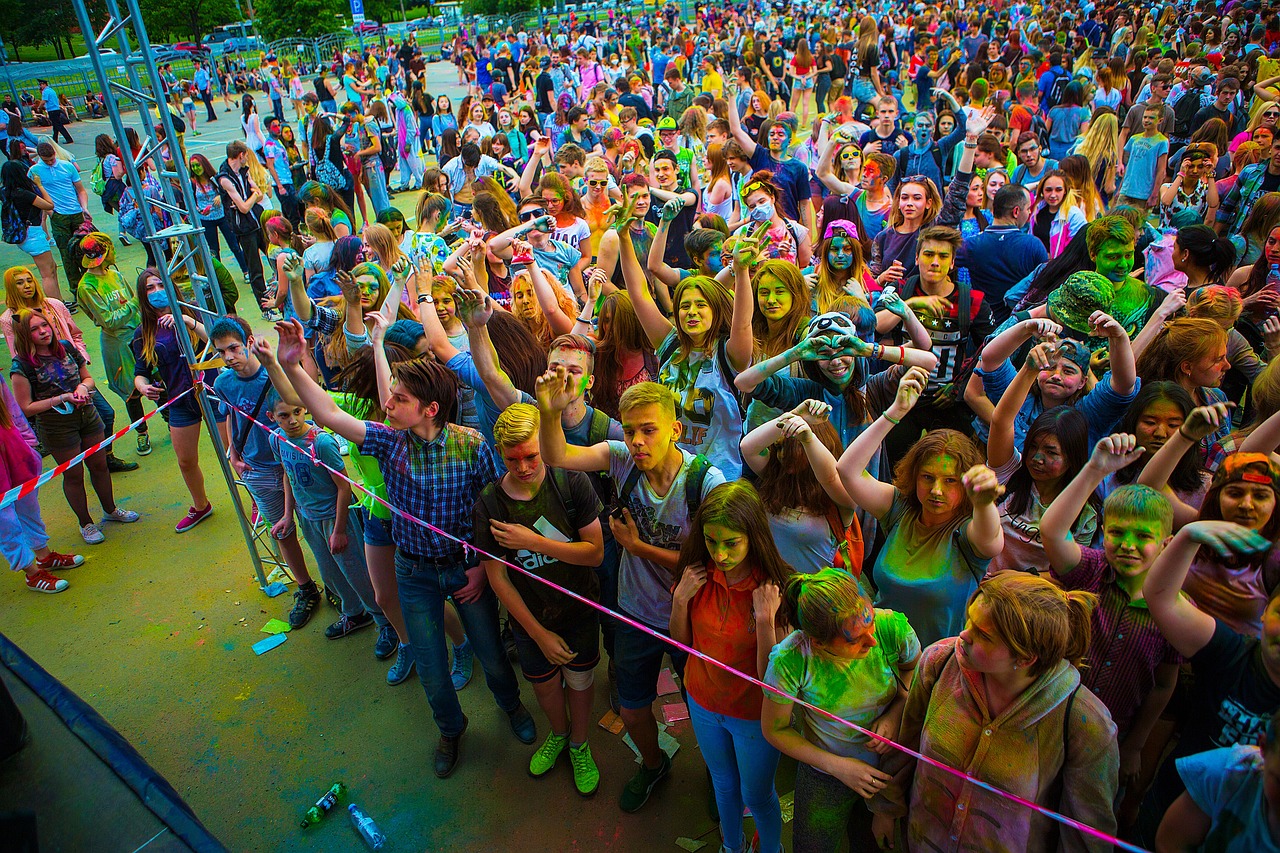Voter Disenfranchisement: Addressing Barriers to Voting Rights
Voter suppression tactics have been a long-standing challenge in the United States, disproportionately affecting marginalized communities. From voter ID laws to restricted access to polling locations, such barriers create obstacles for eligible voters to exercise their fundamental right to participate in the electoral process. Particularly in low-income neighborhoods and communities of color, the impact of these restrictions is acutely felt, further perpetuating systemic inequality in the realm of voting rights.
Furthermore, the disenfranchisement of formerly incarcerated individuals presents another significant barrier to voting rights. With felony disenfranchisement laws varying widely across different states, millions of Americans are stripped of their voting rights even after serving their time. This not only undermines the principles of rehabilitation and reintegration but also reinforces the cycle of disenfranchisement that hinders the democratic participation of a substantial segment of the population.
Historical Context of Voting Rights
Throughout history, the right to vote has been a hard-fought battle for many marginalized groups. From the early days of the United States, suffrage was restricted to land-owning white men, disenfranchising women, people of color, and lower-income individuals. The fight for voting rights gained momentum through events like the Women’s Suffrage Movement and the Civil Rights Movement, which aimed to expand access to the ballot box for all citizens.
The struggle for voting rights has been marked by significant milestones, such as the passage of the 15th Amendment granting African American men the right to vote in 1870 and the 19th Amendment giving women the right to vote in 1920. However, barriers such as poll taxes, literacy tests, and voter intimidation continued to disenfranchise many people well into the 20th century. These obstacles persist today, as gerrymandering and strict voter identification laws disproportionately affect minority and low-income communities’ access to the polls.
Legal Challenges to Voting Rights
Legal challenges to voting rights persist as a significant issue in modern society. Despite the progress made in securing voting rights for all citizens, various legal hurdles continue to hinder full and equal access to the ballot box. In recent years, there has been an increase in voter suppression tactics such as voter ID laws, purges of voter rolls, and gerrymandering, all of which disproportionately impact marginalized communities.
Additionally, the gutting of key provisions of the Voting Rights Act of 1965, particularly Section 5 which required certain states with a history of discriminatory voting practices to obtain federal approval before changing voting laws, has also contributed to the erosion of voting rights protections. This weakening of legal safeguards has allowed for the proliferation of measures that inhibit rather than facilitate the exercise of the fundamental right to vote, perpetuating inequality in the electoral process.
• Voter suppression tactics such as voter ID laws, purges of voter rolls, and gerrymandering disproportionately impact marginalized communities
• The gutting of key provisions of the Voting Rights Act of 1965, particularly Section 5, has contributed to the erosion of voting rights protections
• Weakening legal safeguards has allowed for measures that inhibit rather than facilitate the exercise of the fundamental right to vote
What are some common barriers to voting rights?
Some common barriers to voting rights include voter ID laws, voter suppression tactics, gerrymandering, and restrictions on early voting and absentee voting.
Can you provide some historical context of voting rights in the United States?
Voting rights in the United States have been a contentious issue throughout history, with African Americans, women, and other marginalized groups fighting for the right to vote. The Voting Rights Act of 1965 was a significant piece of legislation that aimed to protect voting rights for all citizens.
What are some of the current legal challenges to voting rights?
Some current legal challenges to voting rights include lawsuits against restrictive voter ID laws, challenges to gerrymandered electoral districts, and efforts to combat voter suppression tactics. These legal battles have become increasingly important as states seek to enact laws that make it harder for certain groups to vote.







